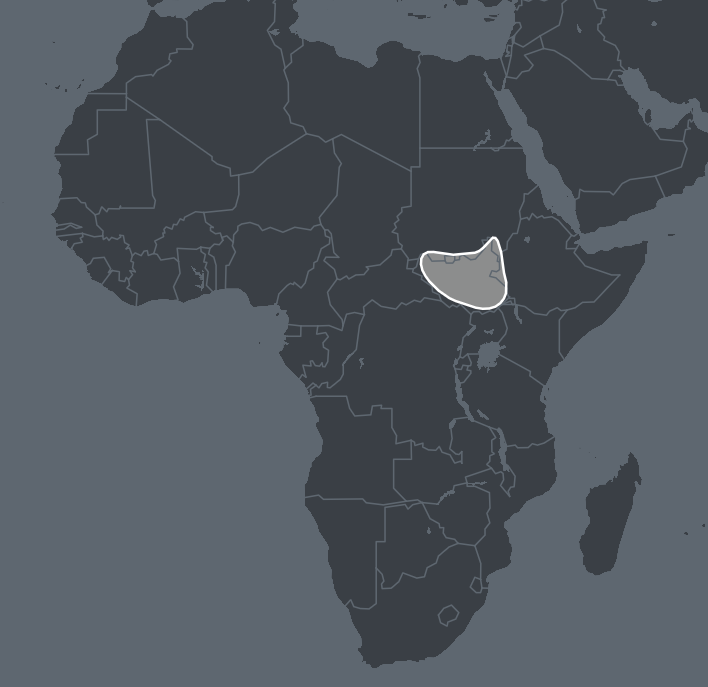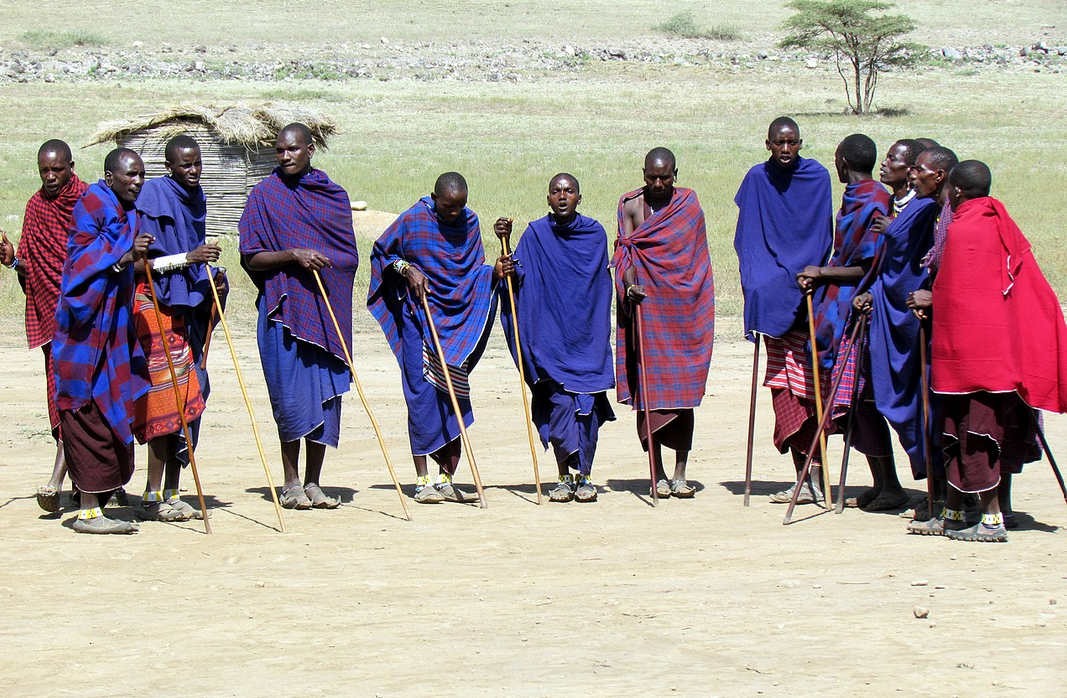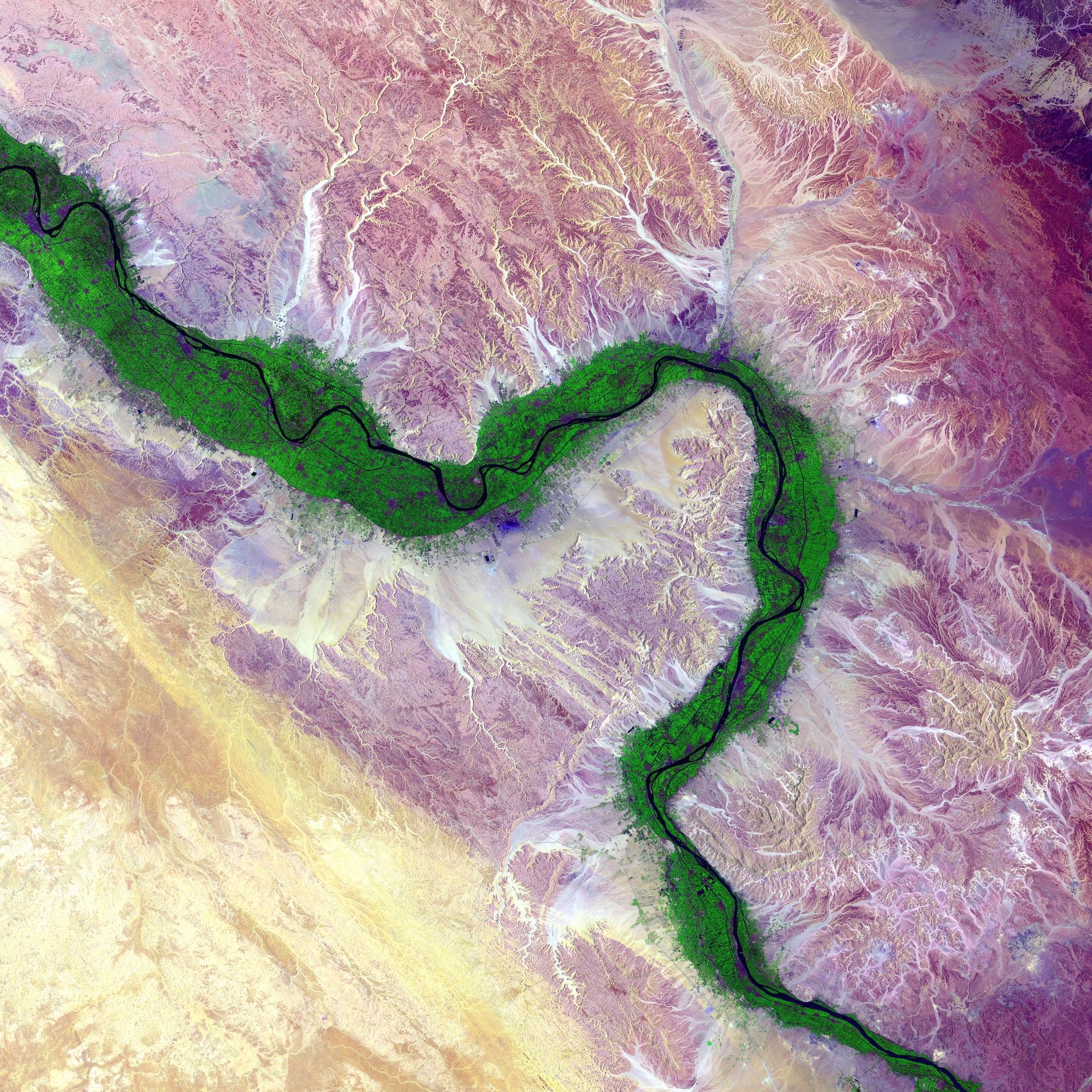What is Nilotic Peoples DNA Ethnicity on Ancestry?
In this article we will be looking more closely at who the Nilotic peoples are, where they come from and what it means to be of them. They are an interesting peoples who have deep roots so read on to find out more about your ancestral history.
Nilotic Peoples Region
As mentioned this DNA group are referred to as a peoples although they are found in the greatest concentrations in a specific geographical region. As the name might suggest there is a connection with the Nile River with these peoples who are concentrated in a fairly small region.
The main country associated with the Nilotic peoples is South Sudan with this group found throughout this African state. There are some exceptions though as the more extreme southern border lands do not have as high a population sharing this DNA.

Beyond the borders of South Sudan you can find Nilotic peoples settled in the south of Sudan to the north and the western portion of Ethiopia right on the border with South Sudan. This is a relatively small area on the continent of Africa yet it is home to a significant population of peoples.
History of Africa
According to the paleontological record, it was the continent of Africa in which the first hominids developed. These early hominids were the first to walk in a bipedal motion and it is from them that eventually humans as we know them today evolved.
The fossil records suggest that homo sapiens were living in Africa between 260,000 to 350,000 years ago. Remains from South Africa, Morocco and Ethiopia seem to suggest that homo sapiens were already widespread throughout the continent during that time frame.
Nilotic Peoples
Nilotic peoples are people who are indigenous to the Nile Valley, a region that is more vast than the range mentioned earlier in relation to the AncestryDNA region. Beyond Southern Sudan, Sudan and Ethiopia Nilotic peoples are also found in Egypt, Uganda, Kenya and the Democratic Republic of the Congo.
The Nile River winds north through Africa from the northern shores of Lake Victoria to Egypt where it finally meets the Mediterranean sea. This huge river is a font of life and a constant water source on a continent that has experienced epic droughts.

The fact that life and human society thrive close to banks of this river is hardly surprising and the peoples that have thrived along the rivers course for the longest have become known as Nilotic peoples. They share common languages and cultures and a history of trade with each other using the mighty river as their trade highway.
Nilotic Languages
There are three main subgroups of Nilotic languages found in various areas of the Nile Valley two of which apply to the AncestryDNA region known as Nilotic Peoples. These regions are as follows:
Western Nilotic – The AncestryDNA region falls mainly within this subgroup which is found spoken in South Sudan, Sudan, southwestern Ethiopia, northeastern Congo, northern Uganda, southwestern Kenya, and northern Tanzania. This includes the Dinker-Nuer, Luo and Burun languages.
Eastern Nilotic – These languages can be found partially in the AncestryDNA Nilotic Peoples region. They are located in southwestern Ethiopia, northern Tanzania, western Kenya, eastern South Sudan, and northeastern Uganda. The spoken Nilotic languages in this region include Turkana and Maasai.
Southern Nilotic – These languages are not widely spoken in AncestryDNA’s Nilotic peoples region but are found in western Kenya, eastern Uganda, and northern Tanzania. The languages spoken are Kalenjin and Datog.
Early History of Nilotic Peoples
Indications are that humans have been farming and roaming the Nile Valley within South Sudan for at least 15,000 years. As the years progressed they used the fertile lands of this valley for both agricultural and pastoral farming.
Archaeology suggests that the cultures that arose in South Sudan may initially have come from further north around Khartoum in Sudan. In genetic terms the people of Northern Sudan and Egypt formerly known as the Nubians were likely closely related to these more southern Nilotic peoples.
Early Expansion
The evidence of shared languages seems to indicate that the southward expansion into the more southern parts of Sudan began about the second millennium BC and by 1000 – 500 BC they would have arrived in western Kenya.
Expanding Beyond the Nile
Early expansion would have followed the course of the Nile River as the lands surrounding it would benefit from seasonal floods. Expansion of Nilotic people out into other areas of South Sudan however only really began around the 14th century.

This would coincide with the collapse of the Christian Nubian kingdoms of Makuria and Alodia. This would also be the same time that a localized iron age arose giving the Nilotic people a greater resource for expansion and for taking control in South Sudan.
Independence
Until 2011 South Sudan was part of a larger Sudan. Ethnically different from Sudan by and large as is evidenced by its common DNA it became its own country on July 9th 2011 becoming Africa’s 54th independent nation.
Where Does My Nilotic Peoples' DNA Come From?
As mentioned, Nilotic Peoples are found along most of the Nile Valley far beyond the borders suggested by the AncestryDNA region. These other peoples may be closely related but have more diverse DNA. The greatest population of AncestryDNA’s Nilotic Peoples come from South Sudan and some neighboring regions.
These peoples likely migrated from modern day Sudan southwards along the path of the Nile. As they left, other people arrived behind them. Strife in the region has seen thousands of Sudanese refugees make their way around the world which would help explain the spread of this DNA to other nations.
The Nilotic peoples although far from the West African slave coast may still have fallen prey to the trans-Atlantic slave trade. Trans-Saharan trade routes would have also passed through Sudan and along these routes slaves would be moved to the south and west meaning that Nilotic people may also have been taken.
Can I Trace My Nilotic Peoples Ancestry?
To this day many Nilotic people still follow a lot of the old traditions especially in terms of farming. When it comes to vital records which may be beneficial for genealogical purposes there would be limited availability.
Often records created regarding legal immigration in the new nation are the first indication of where an ancestor from this region came from. Tracing back beyond that first generation to arrive in a new country is very difficult for those with Nilotic DNA. Often oral history may be all that is available.
Final Thoughts
The Nile Valley is known for history as being a fertile land thanks to the mighty river itself. Along much of its length various peoples have arisen and thrived. They are known collectively as Nilotic peoples and a small group of these peoples is reflected in the Nilotic Peoples region of AncestryDNA.
Those with Nilotic DNA may have ancestors from the South Sudan region but they may also find their ancestors came from various areas along the length of the Nile Valley.
Link To or Reference This Page
We spent a lot of time downloading, cleaning, merging, and formatting the data that is shown on the site.
If you found the data or information on this page useful in your research, please use the tool below to properly cite or reference Name Census as the source. We appreciate your support!
-
<a href="https://namecensus.com/blog/what-is-nilotic-peoples-dna-ethnicity-on-ancestry/">What is Nilotic Peoples DNA Ethnicity on Ancestry?</a>
-
"What is Nilotic Peoples DNA Ethnicity on Ancestry?". NameCensus.com. Accessed on May 10, 2024. https://namecensus.com/blog/what-is-nilotic-peoples-dna-ethnicity-on-ancestry/.
-
"What is Nilotic Peoples DNA Ethnicity on Ancestry?". NameCensus.com, https://namecensus.com/blog/what-is-nilotic-peoples-dna-ethnicity-on-ancestry/. Accessed 10 May, 2024
-
What is Nilotic Peoples DNA Ethnicity on Ancestry?. NameCensus.com. Retrieved from https://namecensus.com/blog/what-is-nilotic-peoples-dna-ethnicity-on-ancestry/.
